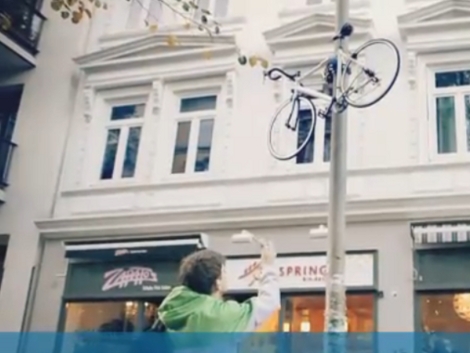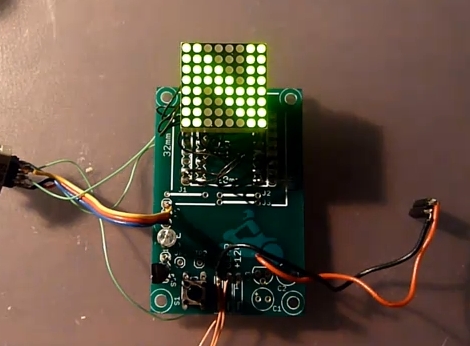If you’ve got an expensive bike and don’t mind carrying around a whole bunch of extra weight in your courier bag you’ll like this concept. A design team built a pole-climbing bike rack in about 14 days. The video after the break shows the prototyping process as well as the finished “lock” in use. It’s a commercial for the company that employs the designers, but this is one kind of advert we don’t mind watching.
Square channel makes up the body of the device, with a set of Rollerblade wheels which grab a light pole and use three 12V gear motors for climbing. The controller is a wireless fob similar to those used for keyless entry on cars. In the video you can hear the cliché sound of a car alarm being set once the carrier reaches its finished height. Nice.

















